With the continuous updating of voltage regulator technology, the market demand for voltage stabilizers is also growing, but many of the friends in the purchase of voltage stabilizers on the power size do not know how much to buy, the following small talk about how to buy a voltage regulator to choose the power?
1. Estimate the load current
First of all, to determine the total load current of the equipment or system using a voltage regulator. This can be done by checking the equipment's specifications, product manuals or consulting the manufacturer for accurate current information. If the load is multiple devices operating in parallel, add up the currents of all the devices.
For example, if a small electronic device has a load current of 1 A and another similar device has a load current of 2 A, the total load current would be 3 A. For some complex systems, it may be necessary to use a specialized measuring tool (such as a multimeter) to measure the actual current.
2. Consider voltage drop
There is a voltage drop between the input voltage and the output voltage of a voltage regulator. When selecting power, you need to consider the effect of this voltage drop on power. Generally speaking, the smaller the voltage drop, the higher the efficiency of the voltage regulator, and the smaller the power required under the same load.
For example, a regulator's input voltage is 220V, the output voltage is 210V, the voltage drop is 10V; another regulator of the same type has an input voltage of 220V, an output voltage of 200V, and a voltage drop of 20V. under the same load current, the latter may need to choose a slightly larger power regulator due to the larger voltage drop to ensure that it can properly and stably output voltage.
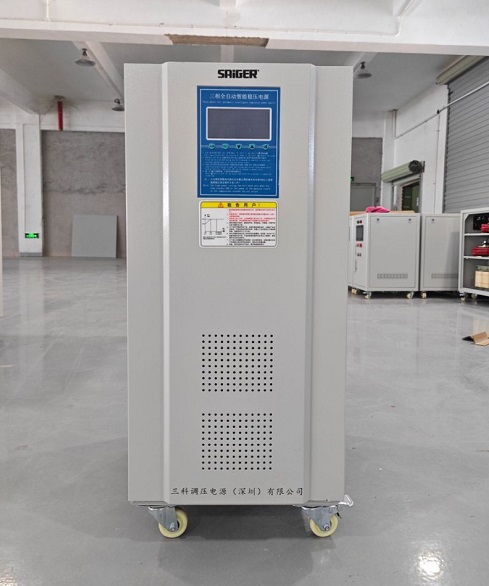
3. Consider the ambient temperature
The working environment temperature of the voltage regulator has an impact on its performance. In a high temperature environment, the heat dissipation of the regulator will become worse, the power it can withstand will be reduced; while in the low temperature environment, some regulators may be affected by the starting performance.
If the regulator needs to work in a high temperature environment (e.g., above 50℃), you need to choose a model with good heat dissipation performance, and consider increasing the power margin appropriately. For example, the regulator in the outdoor communication equipment used in the tropics, it is necessary to consider the impact of high temperature factors on the power.
4. Consider the regulator's own power loss
Voltage regulator will have its own power loss when working, this part of the loss will be converted into heat. Therefore, in the choice of regulator power, to ensure that the rated power of the regulator is greater than the load power plus its own power loss.
For example, a load power of 100W equipment, the regulator's own power loss of 10W, then you need to choose the rated power of at least 110W regulator.
5. Consider the type of load
If the load is resistive load (such as incandescent lamps, electric furnaces, etc.), its power factor is close to 1, in the selection of regulator power can be directly in accordance with the rated power of the load to choose. However, for inductive loads (e.g., motors, transformers, etc.) or capacitive loads (e.g., capacitor banks, etc.), the effect of power factor needs to be considered.
For example, a motor is rated at 5kW, but since its power factor is 0.8, the actual reactive power required will increase the apparent power. When selecting a voltage regulator, it may be necessary to select a model with a little more power to meet the requirements.
In summary, selecting the regulator power is a process of comprehensive consideration of various factors. By accurately estimating the load current, considering the voltage drop, the ambient temperature, the regulator's own power loss and the load type, you can ensure that the selected voltage regulator can meet the actual application requirements, to ensure the stability and reliability of the circuit.
-
8 Differences Between Dry-type Transformers and Oil-immersed TransformersThere are several key differen···2025.03.07
-
The Multiple Uses and Importance of Three-Phase TransformersThree-phase transformers play ···2025.03.06
-
What does an oil-immersed regulator do?Oil-immersed regulator, as an ···2025.03.06








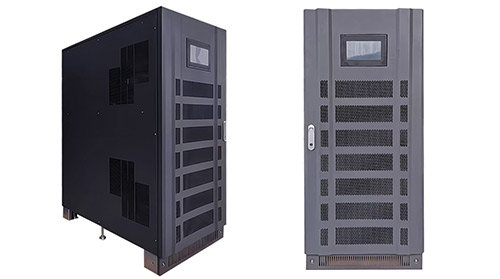
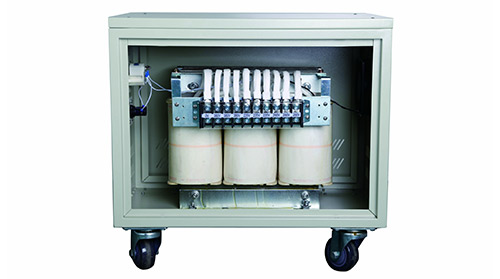
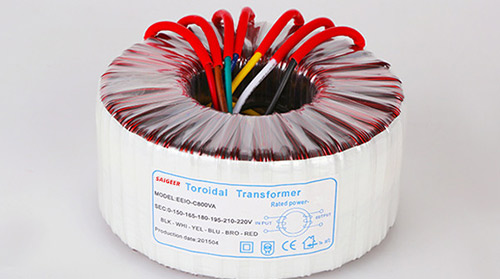

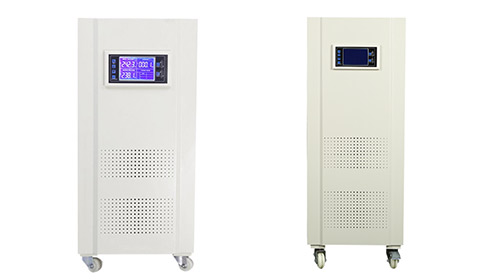







 上一篇
上一篇 返回列表
返回列表






